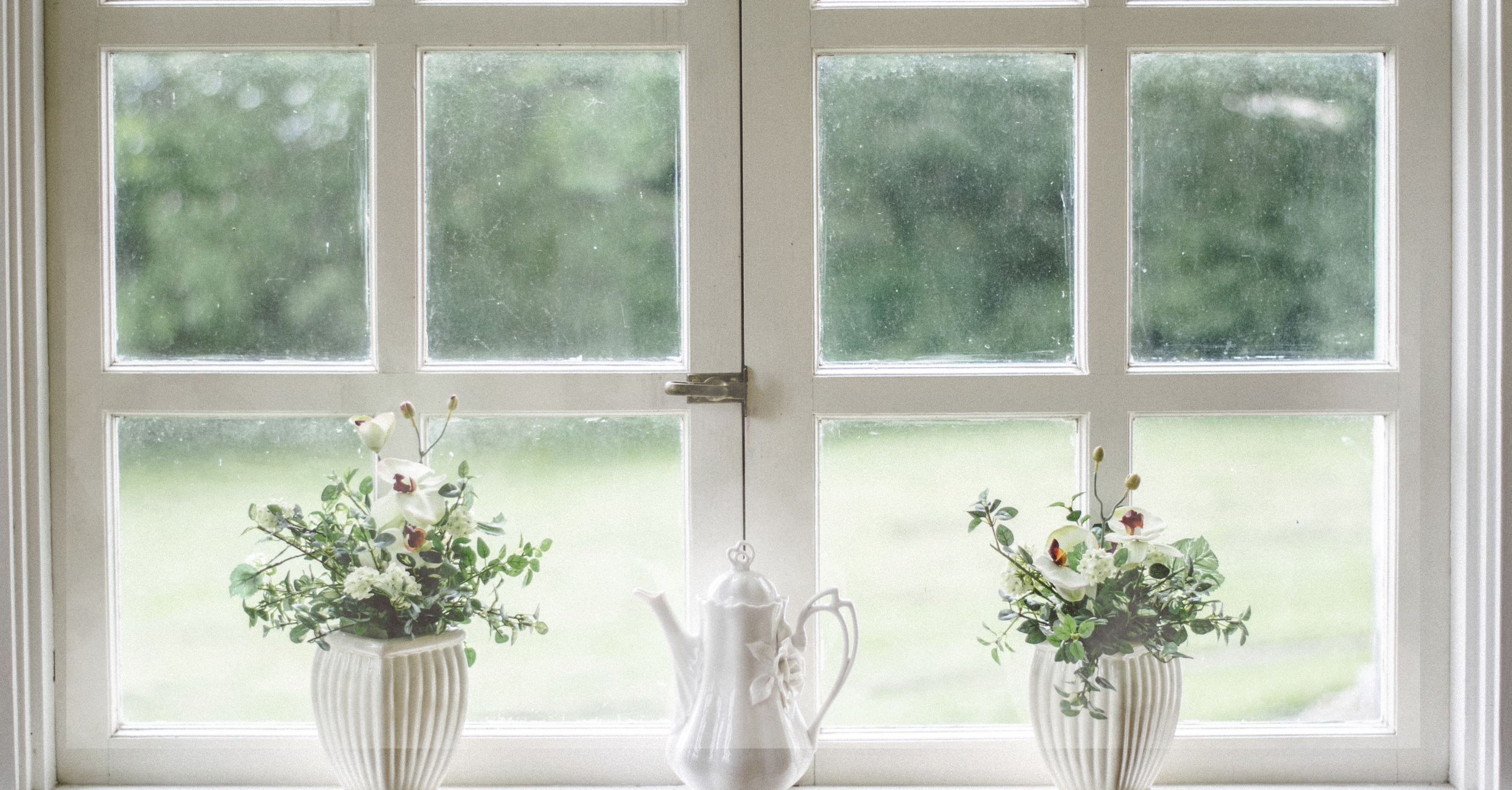Are you a contractor?
Join our network and attract real clients!
Innovative and Eco-Friendly: How CLT Is Overhauling the Timber Industry
By Editorial Team
Updated on December 15, 2023

CLT stands for cross-laminated timber. It’s an engineered wood used in the construction industry to build single-family houses and tall buildings.
Eco-friendly, energy-efficient, and lightweight, CLT is gaining traction as one of the best construction materials, and here’s why.
The Makings and Characteristics of Cross-Laminated Timber

CLT Technical Specifications
What type of wood is used to make CLT?
Cross-laminated timber is a structural element made by gluing timber lamellas atop one another, in a crosswise fashion, unlike glulam (glued laminated timber), which consists of adhering timber layers atop one another with the grain.
Timber lamellas are manufactured from:
Fir
Douglas fir
Spruce
Larch
Scots pine
The solid timber lamellas used can have identical or different mechanical properties (stress grades) and be joined vertically or horizontally.
We’ll delve further into the timber manufactured for transverse and longitudinal layers in the section dedicated to certifications.
Standard Dimensions
Cross-laminated timber beams can be:
2.4 to 4.8 inches wide (60 to 210 mm);
3.9 to 79 inches high (100 to 2,000 mm); and
131 feet long (40 m).
Width
Typically, CLT is 45 mm thick, otherwise, it would be classified as glued solid timber. However, ANSI/APA PRG 320-2018 sets the limit at 20 inches (508 mm).
Load-Bearing Capacity
What matters with building materials is long-term resistance to creep (or cold flow). Meaning the material's capacity to withstand all deformation, even when undergoing significant mechanical stresses.
This matter is all the more important considering that CLT is typically used to build roofs and floors, which bear continuous dead loads. Therefore, engineers have to find solutions fit for CLT slab features.
In fact, if the panel’s joint isn’t sufficiently rigid, it may negatively affect the slab’s structural behaviour. This is especially evident when considering factors such as vibration and deformation.
However, a significant challenge for engineers arises in what’s known as the punching area in concrete structures. This term refers to the zone in which rolling shear (RS) is most impactful.
For CLT panels, this stress is all the more significant, so the rolling shear is applied perpendicular to the wood grain. Therefore, to ensure optimal and long-term load-bearing capacity, solutions intended for the connectors were devised. Some connectors, such as the SPIDER connection system, increase the load-bearing capacity by 82%.
Certifications
All wood construction products can be FSC-certified. Cross-laminated timber isn’t any different. It’s a certification awarded by the Forest Stewardship Council. It certifies that the wood used was harvested from a sustainably managed forest in terms of the following standpoints:
Social
Environmental
Economical
Should you be using cross-laminated timber to construct your building, you may be eligible for LEED certification, which rates the sustainability of your structure. Naturally, using the aforementioned material is but one of the many other factors to consider to have a green-built home.
Quality Standards
Cross-laminated timber is made up of 7 stress grades. These are detailed in the Standard for Performance-Rated Cross-Laminated Timber, and note that stress grade E1 is the most common.
Grades | Longitudinal Layers | Transverse Layers |
E1 | SFP lumber (spruce-fir-pine) | SFP lumber (spruce-fir-pine) |
E2 | Douglas fir and larch lumber | Douglas fir and larch lumber |
E3 | Eastern softwood, Northern species or MSR-rated Western lumber | Eastern softwood, Northern species or Western lumber |
E4 | MSR-rated Southern yellow pine (SYP) | Southern yellow pine (SYP) |
V1 | Douglas fir and larch | Douglas fir and larch |
V2 | SFP (spruce-fir-pine) | SFP (spruce-fir-pine) |
V3 | Southern yellow pine (SYP) | Southern yellow pine (SYP) |
The mechanical resistance of each grade is determined by measuring their resistance to:
bending stress;
compression stress parallel to the grain;
tension force; and
shear stress.
In addition to the grades mentioned earlier is the CSA 086 standard, which references the structural design and evaluation of wood structures.
You can use the Nail-Laminated Timber Canadian Design & Construction Guide to pinpoint the architectural and structural uses of cross-laminated timber.
Acoustic and Thermal Performance of CLT (Cross-Laminated Timber)
For a CLT panel, the most optimistic sound absorption coefficient is measured at 0.21. However, other studies have shown a coefficient that sits between 0.02 and 0.13.
For comparison’s sake, materials specifically designed for soundproofing, such as glass wool, have coefficients between 0.65 and 1 or 0.20 to 0.70 for polyurethane.
A coefficient of 1 indicates full sound absorption, making CLT a valuable material. However, don't overlook the importance of using an additional soundproofing material.
The same goes for CLT's thermal insulation properties. While it has a 0.13 W/m.K lambda, which makes it a much better insulator compared to reinforced concrete (2.3 W/m.K), it still doesn’t exceed the insulation capacity of cellular concrete (0.13 W/m.K). Therefore, it’s a decent structural material yet isn’t a standout in terms of thermal insulation capacity.
Fire Resistance of Cross-Laminated Timber Structures
In case of a fire, a CLT floor slab must have a load-bearing capacity of at least 240 minutes. To validate a structure’s fire resistance, during the testing period, the room temperature must reach 950°F (510°C) at least once.
As the CLT panel is burning, a layer of char forms, thereby protecting the wood structure from further deterioration.
Common Uses of Cross-Laminated Timber

Benefits of a Cross-Laminated Timber Construction
Lightweight
CLT is 80% lighter than concrete, with a density of 470 kg/m³, compared to 2,700 kg/m³ for the former. The long-span application of cross-laminated timber measures up to that of concrete, while requiring foundations and floor systems that aren’t as thick.
Fast-Track Construction
Spanning up to 131 feet (40 m), the structural components of CLT make building several stories at once possible on worksites with better dimensional stability.
To further fast-track the process, CLT panels are fitted with a lifting system (a sort of web sling). Such a tactic results in a 60% bump in worksite efficiency.
Used per the principles of lean manufacturing, CLT components are delivered on-site and assembled without delay, bypassing the need for storage.
Manufacturers are also devoting time to designing environment-specific connectors based on where the CLT will be employed:
Wood component
Steel component
Concrete component
To secure two CLT panels together, self-drilling screws are sufficient to guarantee adequate axial and lateral load resistance.
Durability
The lifespan benchmark for cross-laminated timber panels is 100 years. During this period, the panels can meet their structural functions.
Long term, panels can store 826 kg of CO2eq. per unit of CO2 EF (biogenic carbon emission factor). Hence, it's a major factor in mitigating climate change.
Environmental Impact
From an environmental standpoint, CLT has a really positive impact. Why, you ask? Because CLT panels are made of wood, meaning they can store up to 1 ton of carbon per cubic metre.
Moreover, using cross-laminated timber instead of concrete and steel is a way of curbing the use of materials responsible for 50% of the CO2 emissions in the construction industry.
Studies have shown that using CLT can reduce the impact tall buildings have on the environment by almost 40% compared to traditional materials.
Architectural Versatility
Versatility is the word of choice to describe cross-laminated timber. Its properties are very close to that of precast concrete panels, yet more lightweight.
CLT prefab panels make it possible to accurately configure all openings (doors and windows).
Energy Efficiency
A building’s envelope, which consists of CLT panels, boasts two advantages. Namely, they are:
Solid
Airtight
CLT panels allow for significant energy savings compared to standard building materials. However, it’s especially efficient in cold regions like Canada.
A Chinese study determined that CLT can retain heat during winter, limiting energy consumption by 11% to 23% in some regions. However, its thermal performance isn’t as conducive to cooling during summertime. In other words, building a house with CLT in Canada is a much more sensible choice than in South America.
Comfort
In areas with a harsh climate, such as Canada, CLT retains the heat produced by radiators throughout the entire home. Given its hygroscopicity, it also regulates humidity inside divided areas.
CLT panels are porous and counteract water vapour diffusion, limiting condensation problems in a dwelling.
Cross-Laminated Timber Panels and Floors

Cross-laminated timber panels streamline worksites by facilitating the construction of long-span floors with high mechanical performance. CLT composition makes for an ideal load distribution across an entire structure.
The mechanical strength evaluation methods used are adjusted based on the wood grade of the species in question.
Glulam vs. X-Lam (CLT): Manufacturing and Application
CLT is made up of at least 3 laminated panels. To ensure optimal dimensional stability, the panels are layered crosswise and glued together. This layering method prevents moisture from building up between the layers and warping the panels.
Cross-laminated timber is used in numerous industries:
Oil and gas extraction (platforms)
Roadwork (temporary access ways)
Residential, industrial, and commercial construction
Specifically, CLT is used to build:
Walls
Ceilings
Floor slabs
Framework
Balconies
Stairs
Since it can be paired with concrete, CLT can be employed to build tall buildings. We’ll delve into this matter later on.
As for glulam (glued laminated timber), it’s mainly used as a load-bearing structure. For the most part, it’s used to replace timber frames.
What’s the difference between CLT and glulam?
Well, cross-laminated timber made lemonade out of glulam’s lemons. CLT has fewer issues with:
Shrinkage
Breakage
Fissures
Its resistance and stability are also a cut above glulam. While shrinkage is still an issue with cross-laminated timber, its superior structural stability is undeniable.
As such, cross-laminated timber-built structures make it possible for architects to design not only tall buildings but also more spacious ones.
The Tallest CLT and Glulam Buildings
In Wisconsin, an architectural firm was at the forefront of a CLT- and glulam-built structure, standing at 282 feet (86.6 metres) tall. To this day, it’s still the tallest CLT-made building in the world.
In Holland, a 21-storey CLT-made building was erected on a concrete foundation. The cherry on top? It has a rooftop garden, cisterns to store rainwater, as well as 4,921 ft² (1,500 m²) of solar panels.
However, the environmental award goes to a Swedish building designed by the architectural firm White Arkitekter. CLT- and glulam-made, its environmental impact will be non-existent throughout its lifespan.
Cross-Laminated Timber House

CLT—created roughly 30 years ago in Germany and Austria—is starting to make its way through the North American construction sector. However, after their 2018 legislation change, the states of Washington and Oregon authorized CLT constructions on their respective lands.
In July 2022, California followed suit, authorizing the IBC-incorporated product (International Building Code) since 2015 by the American National Standards Institute.
As for Canada, specifically the province of Quebec, the action taken was much swifter given that the regulation was made more lenient in 2015, following the implementation of the Charte du bois (forest policy framework) in April 2013. Therefore, you can build a CLT home, stress-free, even a multi-storey building.
This engineered wood product is the future of residential construction considering the mitigation of CO2 emissions—which is made possible by the use of CLT— and heat-retention capacity in wintertime.
CLT: When Functionality and Sustainability Redefine Construction
Cross-laminated timber is characterized as a functional and sustainable material that meets modern-day construction requirements. Based on the advantages detailed above, such as structural strength, architectural versatility, environmental sustainability, and streamlined construction, it's an exceptional pick. Whether it’s used for residential, commercial, or industrial building projects, CLT is an aesthetic and effective alternative to traditional construction methods. By choosing cross-laminated timber, you’re essentially investing in a material that combines modernity, energy efficiency, and environmental sustainability.
The rise of CLT marks a genuine sustainable revolution in the timber industry, paving the way to greener construction practices, and meeting the growing need for sustainability. This innovative material, derived from cross-laminated timber technology, offers a promising alternative to traditional construction methods, favouring the mitigation of carbon emissions, preserving natural resources, and creating greener infrastructures. By investing in CLT, the wood and timber industry is emphasizing its capacity to evolve toward more sustainable practices, thereby contributing significantly to the fight against climate change.
Get new contracts for your construction or renovation company
RenoQuotes.com can help you get new contracts. We get new project proposals from clients seeking top-rated and trustworthy renovation professionals like yourself. To get started, simply fill in the form on our homepage (it only takes a few minutes) and receive information regarding potential clients by way of our services.
Dial 1-844 828-1588 to speak with one of our customer service representatives.
Looking for something else?
Table of contents
10 min read
Are you a contractor?
Join our network and receive real leads!
Download the price guide for renovations
We’ll be emailing you the latest market price guide for renovations.
Related articles
The latest industry news, interviews, technologies, and resources.

Cynthia Pigeon
•18 Dec 2024
Whether you are a specialized or general contractor, the success of your business is something you hold on to dearly. As a matter of fact, the ability to swiftly and judiciously collaborate is essential to carrying out any project.

Editorial Team
•01 Dec 2023
Have you ever thought about hiring labourers from foreign countries to offset the labour shortage, acquire new talent, or diversify your team? If so, it could be a great entrepreneurial strategy.

Cynthia Pigeon
•05 Dec 2023
Regardless of style or material, windows all serve the same purpose: To create an unimpeded view of the outside world and allow one to view its beauty throughout the seasons.

Karine Dutemple
•07 Nov 2023
Both durable and resistant, bamboo flooring is an interesting alternative to hardwood. Even though it’s attracting more and more attention and gaining in popularity, we have to outline how important it is to take some precautions concerning its installation to be able to benefit from its qualities.

Editorial Team
•04 Apr 2024
When temperatures are soaring to a stifling 32 degrees, and the sun is beating down, what better way is there to cool off than in a pool? If you’re fortunate enough to have one in your backyard, chances are you’re already familiar with this coveted summer treat.